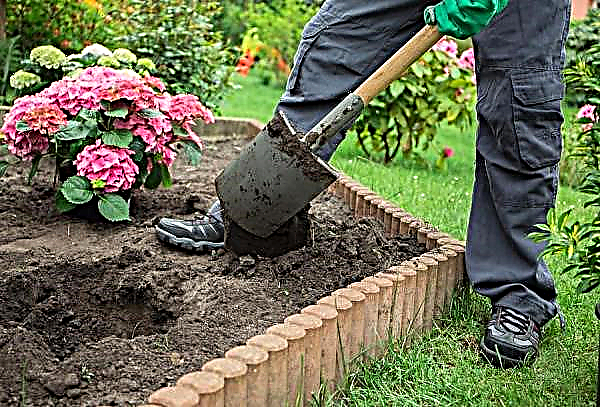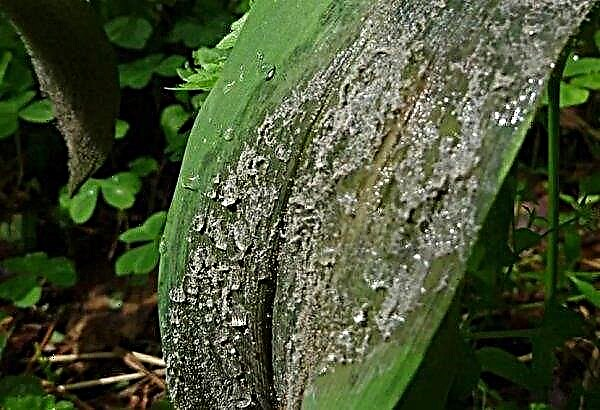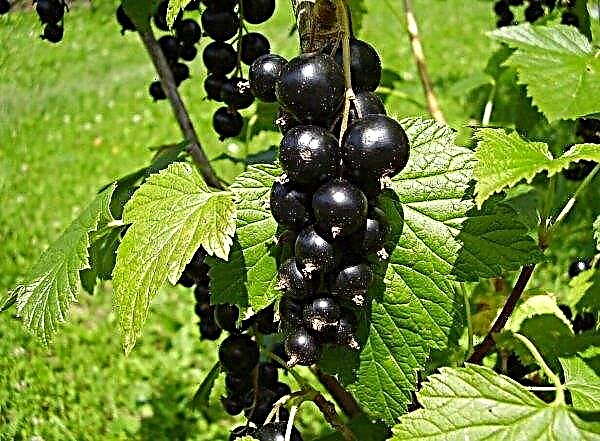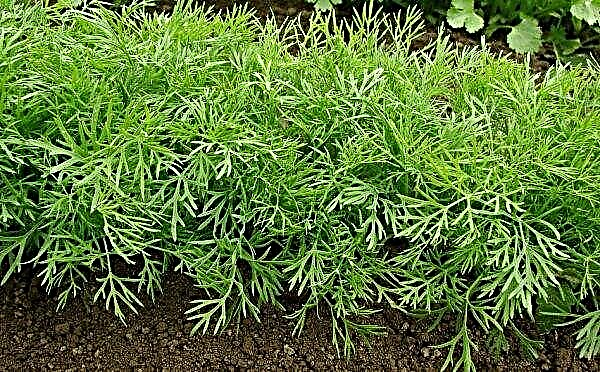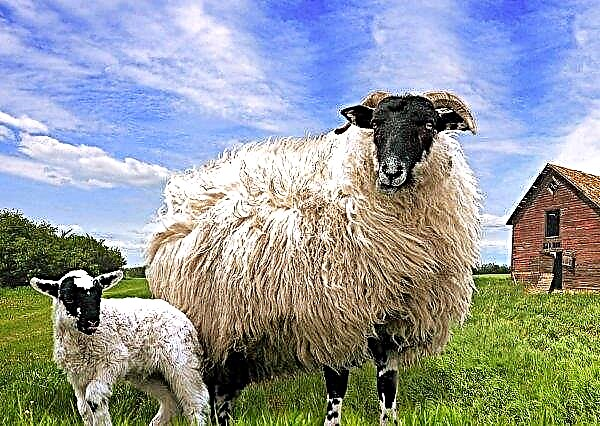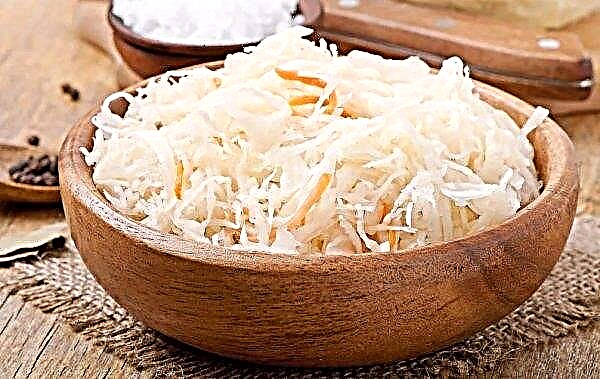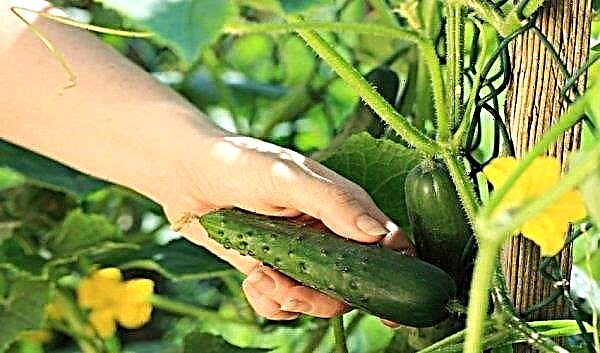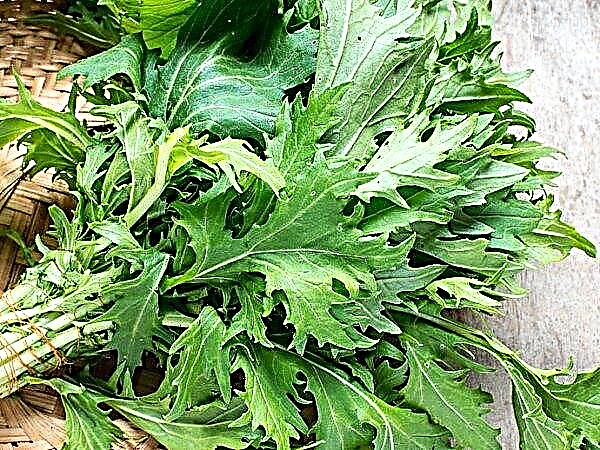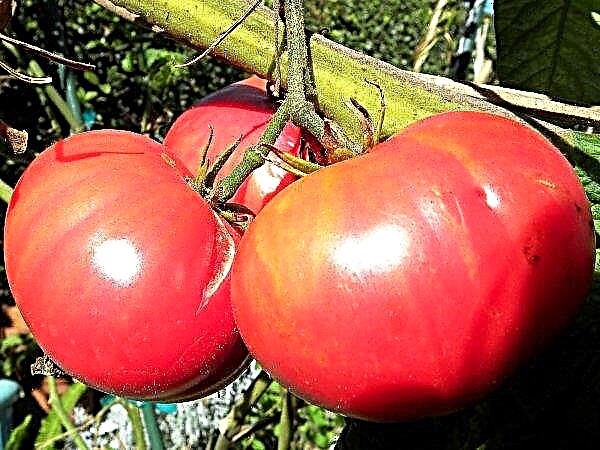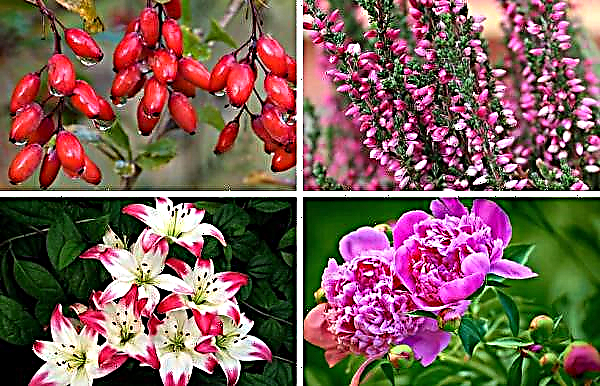Among all herbs, basil takes first place in value and properties. But in order to benefit from the culture, you need to know how to grow it properly.
Growing start from seed

There are two ways to plant basil: seedlings and seedlings. But the first way is more likely to get a truly valuable plant. The gardener must himself control all the processes according to the rules and then all useful properties are stored in it.
It is little known that basil is not only popular as a seasoning. It is used even in the preparation of many alcoholic beverages.
A place where there is no wind and enough sun
If the plant grows in the shade, then soon it may not survive. And if he survives, then at least he will lose all his fragrant features. If the cultivation is in the open ground, it is better to protect the basil from the wind. Sometimes in cold weather, in the summer, it is recommended to keep the culture in a closed dome. So we can say with confidence that the plant will give out all its qualities and will grow as it should. However, this does not protect him in the autumn cold weather.

If the plant is blackened, it can no longer be saved. You need to constantly observe the basil, because without inspecting you can ruin everything in 3-4 days without receiving any harvest. To create complete comfort for the plant, it is better to plant it in greenhouses. And then any bad weather is not terrible for him. In addition, statistics show that greenhouse yields are much higher and better than in open areas.
Growing temperature
The optimum temperature for growing basil is not lower than + 20 ° C, but the most comfortable + 24 ° C. At a temperature of + 1 ° C the plant may not survive, due to its fragility.
The name "basil" dates back to the Greek "royal", "royal". The Greeks believed that only the monarch himself, armed with a golden sickle, has the right to collect basil.
Warm soil with manure

Basil is choosy to the soil and grows only in light soil with the addition of manure. Fertility and the lack of acidity also play a crucial role. It is these conditions that are mainly created in the greenhouse. If there is soil, where such plants as cucumbers, pumpkin or zucchini were grown before, then we can say that half the work has already been done. When grown, these vegetables were fertilized with various vitamins, and all that they received, basil will take from the soil in the quantity necessary for itself.
No high soil moisture

Due to the high humidity, spots appear on their leaves and they die immediately. Therefore, only warm water is suitable for irrigation, and not much at all. However, you need to ensure that he has everything missing. He also does not tolerate dry soil. So that the soil retains moisture, it can be mulched with sawdust, bark or needles. In this case, watering can be very rare.
Basil is also famous for being suitable for almost any dish - fish, meat, vegetables. In addition, you can always add food to the spicy aroma, seasoning it with vinegar or olive oil, infused with basil.
Growth Nutrients
The best food for basil is mineral and organic fertilizers. With fertile soil, you can do with liquid mullein, and after cutting the shoots for drying, feed with ash. If the summer is cold and it often rains, it is advisable to feed 3 times potassium sulfate, since under poor conditions the need for this vitamin increases.

In order to get an excellent crop, you need to change a new landing site every year, not to plant too densely, follow it and then the basil will truly delight with the results of quality care.

